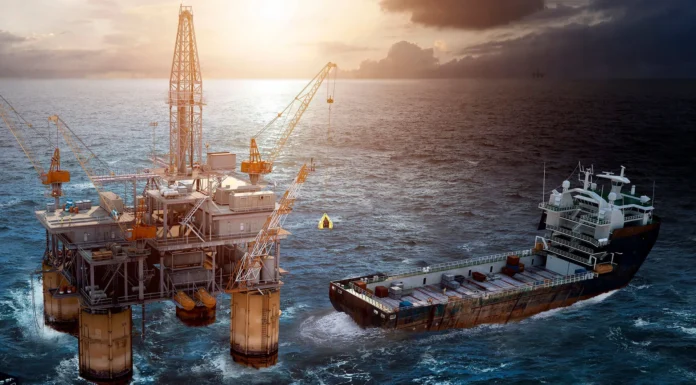Deep offshore technology powers innovation in energy exploration, marine engineering, and underwater construction. Emerging technologies facilitate effective extraction, environmental safety, and operating safety. Investors pour money into research, automation, and sustainability.
Advanced Drilling Technologies
Offshore drilling goes deeper using accurate equipment. Automated drilling processes improve efficiency. Managed pressure drilling and maximized well control. Dual-gradient drilling enhances deepwater operation. Advanced sensors identify anomalies and avoid blowouts.
Subsea Production Systems
Subsea systems optimize extraction efficiency. Subsea boosting optimizes reservoir performance. Subsea separation and processing reduce surface equipment. Subsea storage options lower transportation expenses. Modular systems ensure future expandability.
Robotics and Automation
Autonomous underwater vehicles (AUVs) carry out inspections and maintenance. Remotely operated vehicles (ROVs) undertake sophisticated tasks at great depths. AI-based monitoring systems identify leaks and structural defects. Predictive maintenance lowers downtime and repair expenses.
Floating Production and Storage
Floating production, storage, and offloading (FPSO) vessels process and store produced resources. Floating liquefied natural gas (FLNG) plants facilitate the deep offshore technology processing of gas. Semi-submersible structures provide more stability in deepwater conditions. Tension leg platforms (TLPs) offer long-lasting mooring systems.
Renewable Energy Integration
Offshore wind farms increase energy diversification. Hybrid offshore platforms integrate oil, gas, and renewable energy sources. Floating solar panels use available water surfaces for power generation. Wave and tidal energy integration boosts sustainability efforts.
Environmental Protection Measures
Advanced spill detection systems reduce risks. Real-time monitoring enforces compliance with regulations. Carbon capture and storage (CCS) minimizes offshore emissions. Biodegradable drilling fluids reduce ecological footprint. Coral reef conservation efforts promote marine biodiversity.
Digitalization and Data Analytics
Offshore asset management is optimized through digital twins. Operational decision-making is simplified by cloud-based analytics. Blockchain adds transparency to the supply chain. Exploration accuracy is enhanced by high-resolution seismic imaging. Edge computing enables real-time data processing.
Workforce Safety Innovations
Wearable tech improves monitoring of worker health. AI-powered risk assessment software identifies hazards. Evacuation and escape systems are enhanced through advanced systems. Real-time communication networks link offshore staff with onshore teams.
Future Challenges and Opportunities
Investment in research and development drives technological advancement. Offshore innovations adapt to changing regulatory frameworks. Knowledge sharing occurs between industries. Geopolitics affect the viability of offshore projects. Sustainable development provides long-term viability.
Conclusion
Deep offshore technology keeps changing. Drilling advancements, automation, renewable energy, and environmental care define the future of the industry. Digitalization, safety precautions, and adaptation of regulations advance the industry. Innovation guarantees efficiency, sustainability, and economic growth in offshore operations.



